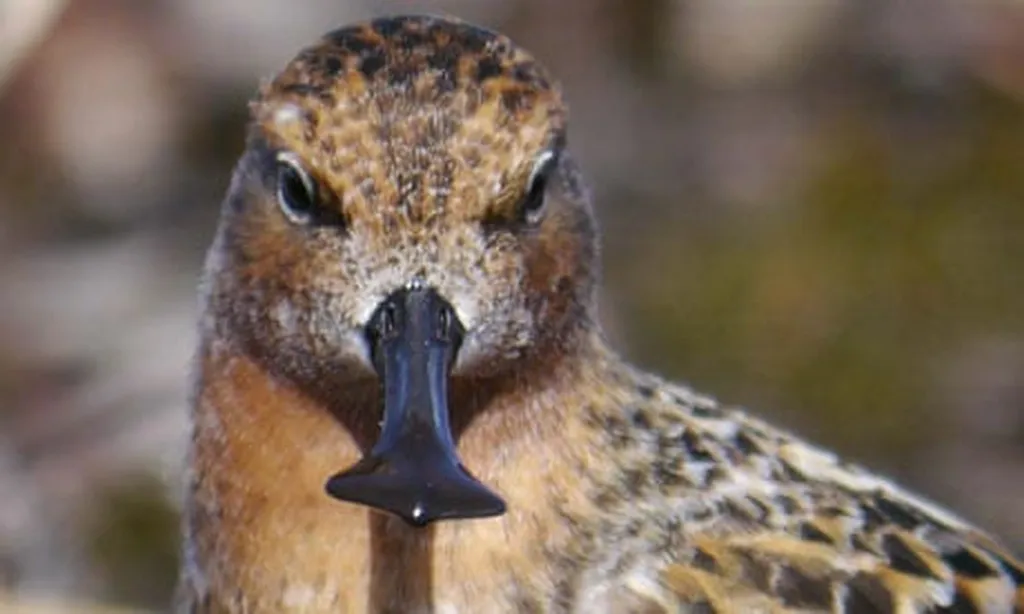In the dense jungles and sprawling plantations of Sumatra, Indonesia, a team of researchers led by Naufal Urfi Dhiya’ulhaq from the University of Göttingen has uncovered a treasure trove of biodiversity. Their discovery, published in the European Journal of Taxonomy, introduces eleven new species of jumping spiders, each with its own unique characteristics and ecological niche. This research not only expands our understanding of arachnid diversity but also offers valuable insights into the impact of land-use changes on these delicate ecosystems.
The study, conducted in Jambi Province, Sumatra, involved the collection of spider specimens through canopy fogging—a technique that involves spraying a fine mist of insecticide into the forest canopy to dislodge and collect arthropods. The research team sampled four distinct land-use systems: lowland rainforest, smallholder plantations of ‘jungle rubber’ (a low-impact rubber agroforestry system), smallholder monoculture rubber, and smallholder monoculture oil palm.
The findings reveal a fascinating pattern of species distribution. Seven of the eleven new species were exclusively found in the more natural systems of lowland rainforest and jungle rubber. Two species were found in both jungle rubber and rubber monocultures, while the remaining two were discovered in rubber or oil palm monocultures. Notably, no species encountered in oil palm was also encountered in forest or vice versa. This observation underscores the ecological specificity of these jumping spiders and highlights the potential impact of land-use changes on biodiversity.
“This study provides a crucial glimpse into the ecology of these newly described salticids,” says Dhiya’ulhaq, lead author of the study. “It adds to our existing knowledge and underscores the importance of preserving natural and low-impact agroforestry systems for biodiversity conservation.”
The implications of this research extend beyond the realm of academia. For the energy sector, particularly those involved in sustainable palm oil and rubber production, understanding the ecological impact of different land-use systems is paramount. The study’s findings could inform more sustainable practices, ensuring that biodiversity is preserved while meeting the demands of the global market.
As Dhiya’ulhaq explains, “By understanding the specific habitats and ecological requirements of these species, we can develop more targeted conservation strategies. This not only benefits the spiders but also the broader ecosystem, which in turn supports sustainable agricultural practices.”
The discovery of these new species also opens up avenues for further research. Future studies could delve deeper into the ecological roles of these jumping spiders, their interactions with other species, and their potential as bioindicators of ecosystem health. This research could shape future developments in the field, guiding conservation efforts and informing policy decisions.
In the meantime, the team’s findings serve as a reminder of the rich biodiversity that thrives in Sumatra’s forests and plantations. As the world grapples with the challenges of climate change and habitat loss, studies like this one offer a beacon of hope, highlighting the importance of preserving our natural world for future generations.
Published in the European Journal of Taxonomy, this research not only introduces us to eleven new species of jumping spiders but also sheds light on the intricate web of life that exists in Sumatra’s diverse landscapes. As we continue to explore and understand these ecosystems, we pave the way for a more sustainable and biodiverse future.

